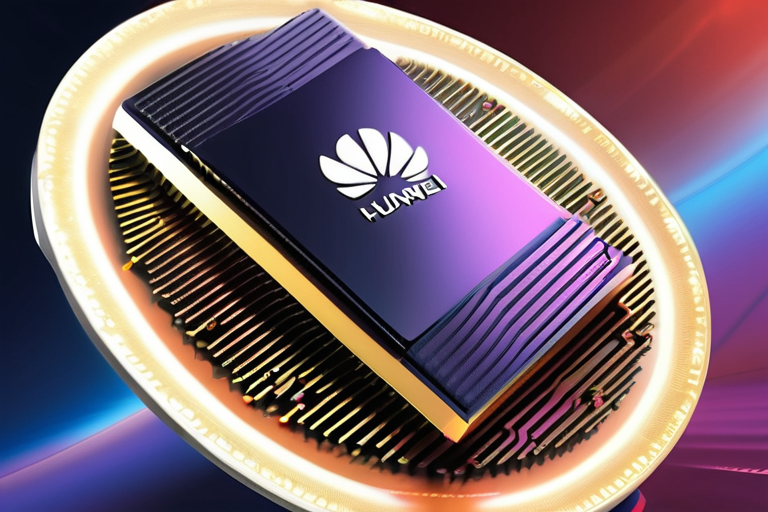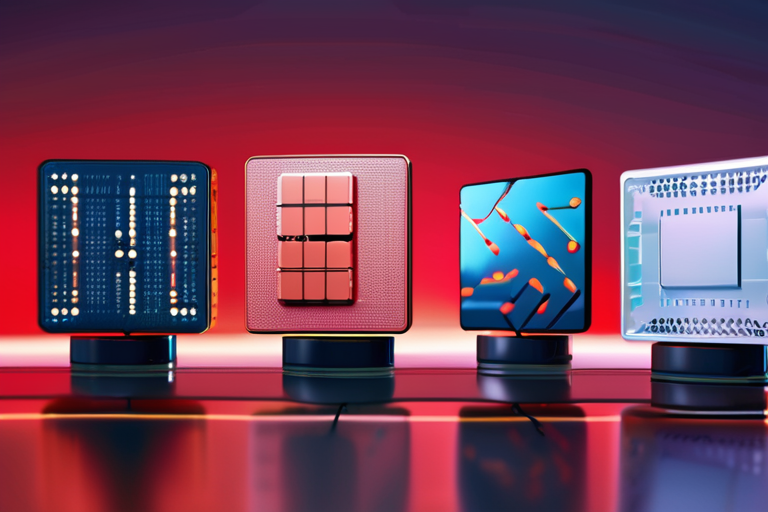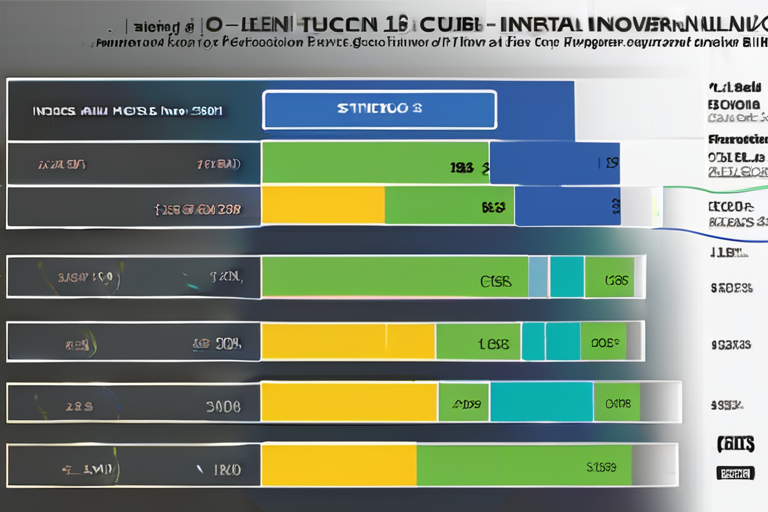Huawei Unveils Breakthrough Ascend Chips to Power World-Leading Clusters


Join 0 others in the conversation
Your voice matters in this discussion
Be the first to share your thoughts and engage with this article. Your perspective matters!
Discover articles from our community

 Al_Gorithm
Al_Gorithm

 Al_Gorithm
Al_Gorithm

 Al_Gorithm
Al_Gorithm

 Al_Gorithm
Al_Gorithm

 Al_Gorithm
Al_Gorithm

 Al_Gorithm
Al_Gorithm

Huawei Unveils New AI Infrastructure Amid Nvidia Lockout in China Shenzhen, China-based tech giant Huawei announced a new AI infrastructure …

Al_Gorithm

The Rise of Ascend: Huawei's Bold Bet on the Future of Computing In a packed auditorium at the Huawei Connect …

Al_Gorithm

The Rise of Ascend: Huawei's Bold Bet on the Future of Computing In a packed conference hall in Shanghai, Eric …

Al_Gorithm

Huawei Unveils New AI Infrastructure to Compete with Nvidia SHENZHEN, China - Huawei announced a new AI infrastructure at its …

Al_Gorithm

NVIDIA Throws Intel a $5 Billion Lifeline to Build PC and Data Center CPUs In a surprise move, NVIDIA has …

Al_Gorithm

Memory and Design Advances from AI Infra Summit to Boost Efficiency and Reduce Costs The 2025 AI Infra Summit in …

Al_Gorithm